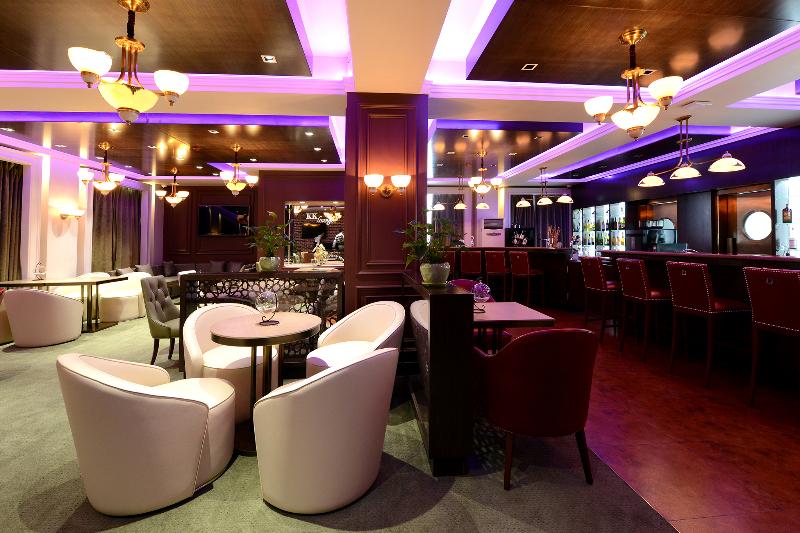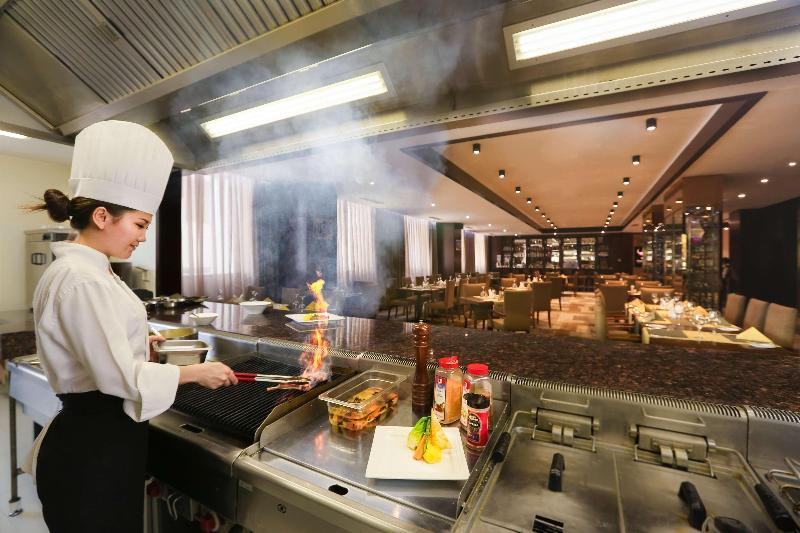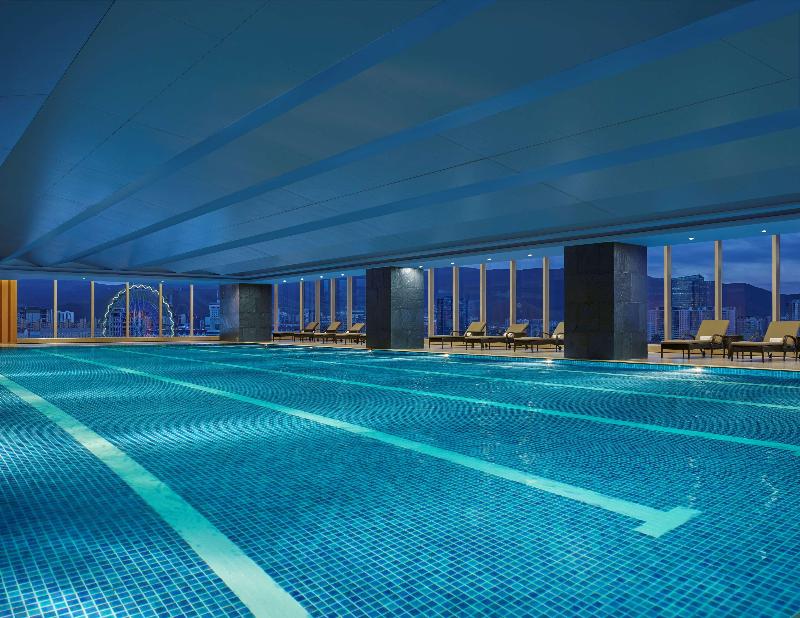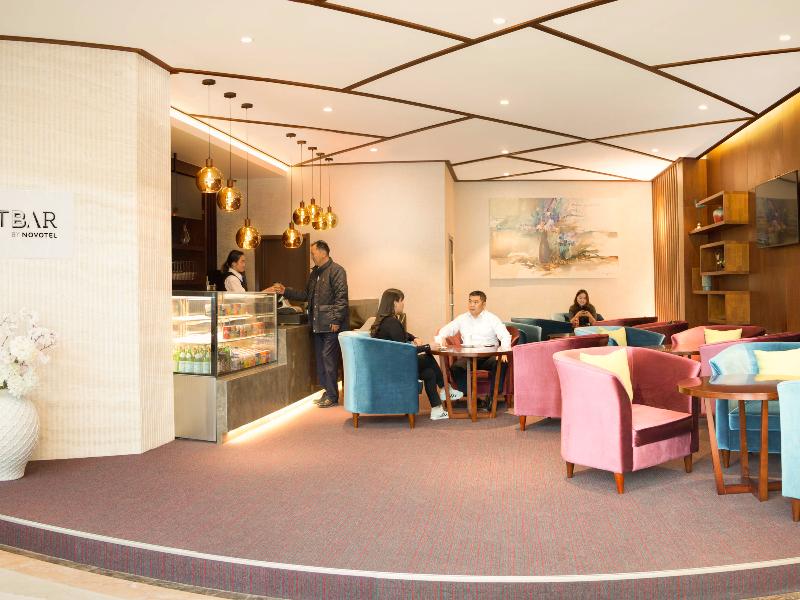
Explore Mongolia: A One-of-a-Kind Adventure Awa
- Home
- ,
- Mongolia
About Mongolia
Mongolia is a country full of surprises and wonder, with a rich history and diverse landscapes. Located in East Asia, it is best known for its vast expanse of rolling grasslands, the Gobi Desert to the south, and the rugged Altai Mountains to the west. But Mongolia is more than just beautiful scenery. It's a place where ancient traditions and modern culture blend seamlessly, creating a unique experience for any traveler.
One of the most popular things to do in Mongolia is to visit the nomadic people who live in the countryside. These people have maintained their traditional way of life for centuries, living in portable felt tents called gers and raising livestock. Visitors can experience the nomadic way of life for themselves by staying in a ger, learning how to milk a cow or goat, and participating in traditional Mongolian games and activities.
Another must-see attraction in Mongolia is the Naadam Festival. This annual event takes place throughout the country in July and celebrates the "three manly sports" of wrestling, archery, and horse racing. It's a unique opportunity to witness traditional Mongolian sports and culture firsthand, with colorful costumes, lively music, and plenty of food and drink.
For those who prefer a more active vacation, Mongolia has plenty to offer. Hiking, horseback riding, and rock climbing are popular activities in the Altai Mountains, while the Gobi Desert is ideal for camel trekking and sandboarding. The Orkhon Valley is another popular destination, famous for its stunning waterfalls and hot springs.
Finally, no trip to Mongolia would be complete without trying the local cuisine. Mongolian food is hearty and filling, with a focus on meat and dairy products. Some of the must-try dishes include khorkhog (mutton cooked with hot stones), buuz (steamed dumplings), and airag (fermented mare's milk).
In summary, Mongolia is a unique and fascinating travel destination that offers something for everyone. Whether you're interested in culture, history, or adventure, you're sure to find it in this beautiful country.
Popular Stays in Mongolia
Explore some of the most affordable vacation packages and accommodation stays in Mongolia
Things to do in Mongolia
Choose from a range of unique experiences and fun activities in Mongolia
Explore all stays in Mongolia
Explore all things to do in Mongolia
Explore other popular holiday destinations
Frequently Asked Questions about Mongolia
What are some must-see attractions in Mongolia?
Mongolia has a rich culture and history, with plenty of attractions to visit. Some must-see attractions include the Gobi Desert, the Khuvsgul Lake, the Erdene Zuu Monastery, and the Ulaanbaatar Opera House. The Gobi Desert is a vast and stunning landscape, featuring towering sand dunes and unique rock formations. Khuvsgul Lake is a pristine alpine lake surrounded by mountains, perfect for hiking and fishing. The Erdene Zuu Monastery is a 16th century Buddhist temple complex that is a UNESCO World Heritage Site. The Ulaanbaatar Opera House is a beautiful and modern venue that hosts a variety of performances throughout the year.
What are some popular outdoor activities in Mongolia?
Mongolia is known for its stunning natural landscapes, making it a great destination for outdoor activities. Some popular activities include horseback riding, hiking, camping, and wildlife watching. Horseback riding is a traditional Mongolian pastime, and there are plenty of opportunities to ride horses in the countryside. Hiking is also a great way to explore the country's beautiful terrain, with many trails available for all skill levels. Camping is a popular activity in Mongolia, with plenty of campsites and yurts available for rent. Wildlife watching is another popular activity, with opportunities to see rare and endangered species like the snow leopard and the Gobi bear.
What is the best time of year to visit Mongolia?
The best time to visit Mongolia depends on what you want to do and see. The summer months (June to August) are the warmest and most pleasant, with plenty of sunshine and mild temperatures. This is the best time for outdoor activities like hiking and camping. The winter months (December to February) can be extremely cold, with temperatures dropping below -30C. However, this is the best time to experience traditional Mongolian culture, as many festivals and events take place during this time. The spring and fall months (March to May and September to November) can be unpredictable, with changing weather patterns and occasional snowfall. However, these seasons offer unique opportunities for wildlife watching and photography.
What are some traditional Mongolian dishes to try?
Mongolian cuisine is known for its hearty and flavorful dishes, often featuring meat and dairy products. Some traditional dishes to try include khorkhog (meat and vegetables cooked in a metal pot with hot stones), buuz (steamed dumplings filled with meat), and khuushuur (deep-fried meat pastries). Another popular dish is aaruul, which is a type of dried curd made from milk. For dessert, try boortsog, which are sweet fried dough pastries.
What are some unique cultural experiences to have in Mongolia?
Mongolia has a rich and unique culture, with plenty of opportunities to experience it first-hand. Some unique cultural experiences to have in Mongolia include attending a traditional Naadam festival, staying in a ger (a traditional Mongolian yurt), and visiting a nomadic family. Naadam is a traditional Mongolian festival that features horse racing, archery, and wrestling. Gers are a common form of housing in Mongolia, and many families offer them for rent to tourists. Visiting a nomadic family is a great way to see how traditional Mongolian life is lived, and to learn about the country's customs and traditions.
What are some unique souvenirs to buy in Mongolia?
Mongolia is known for its unique and beautiful handicrafts, many of which make great souvenirs. Some popular souvenirs include cashmere clothing and accessories, traditional Mongolian hats and boots, and handmade carpets and tapestries. Another popular souvenir is traditional Mongolian artwork, which often features depictions of the country's stunning landscapes and wildlife. For a unique culinary souvenir, try buying some airag, which is a traditional Mongolian drink made from fermented mare's milk.
What are some accommodations options in Mongolia?
Mongolia offers a range of accommodations, from luxury hotels to traditional gers. In Ulaanbaatar, the capital city, there are plenty of international hotel chains, as well as boutique hotels and guesthouses. In the countryside, many nomadic families offer gers for rent, providing a unique and authentic cultural experience. There are also campsites and yurt camps available for those who want to experience the great outdoors.
What are some safety considerations for travelers to Mongolia?
Mongolia is generally a safe country for travelers, but it is important to take some precautions. Petty theft can be a problem in Ulaanbaatar, so keep an eye on your belongings and avoid carrying large amounts of cash. The countryside can be unpredictable, with changing weather patterns and rough terrain, so make sure to bring appropriate gear and be prepared for emergencies. It is also important to be respectful of local customs and traditions, especially when visiting nomadic families or attending cultural events.
What is the currency used in Mongolia?
The currency used in Mongolia is the Mongolian tugrik (MNT). It is recommended to bring cash in US dollars or euros and exchange it for tugriks upon arrival in Mongolia. Credit cards are accepted in some hotels and restaurants in Ulaanbaatar, but may not be accepted in more remote areas.
What are some transportation options in Mongolia?
In Ulaanbaatar, there are plenty of taxis and public buses available. However, outside of the city, transportation options can be limited. Many people choose to hire a driver or guide to explore the countryside, as roads can be rough and difficult to navigate. Horseback riding is also a popular mode of transportation in some areas, especially among nomadic families.






















